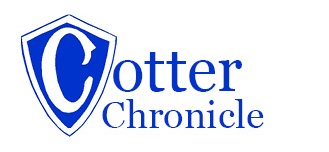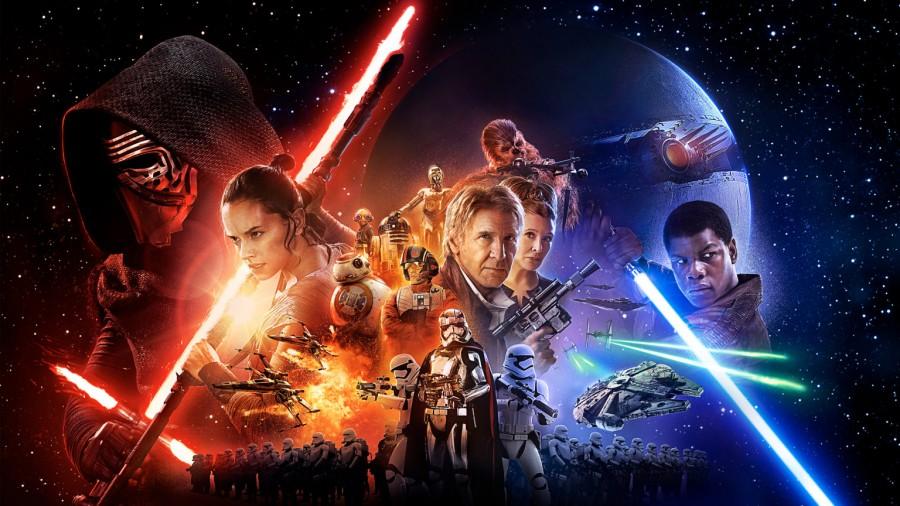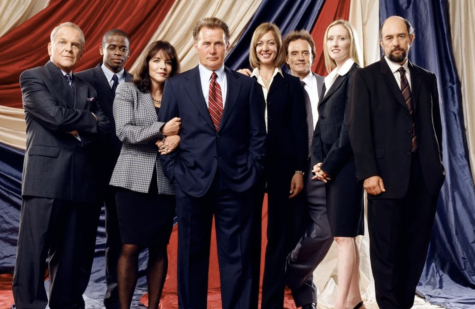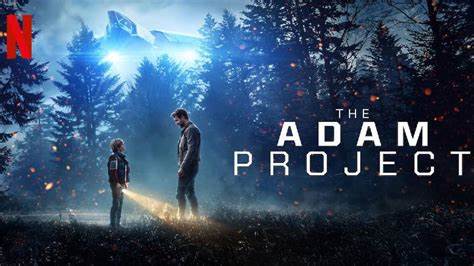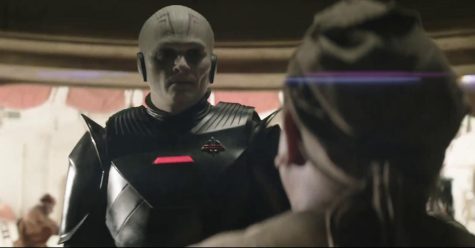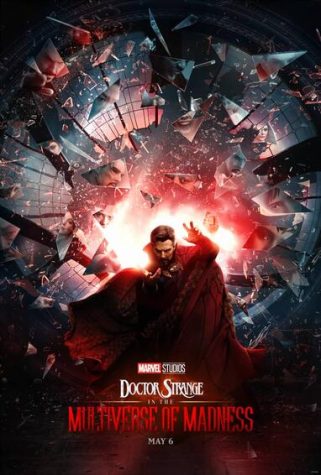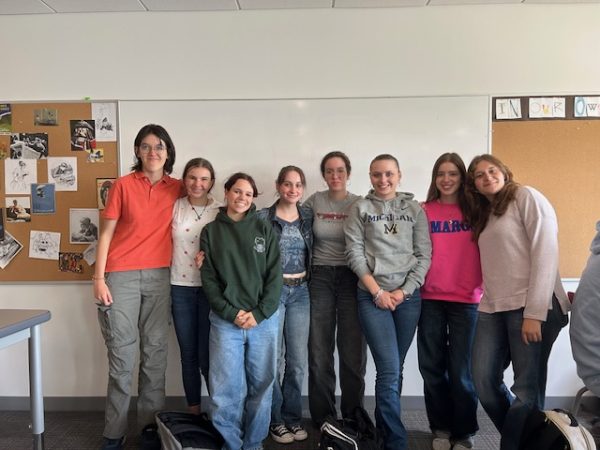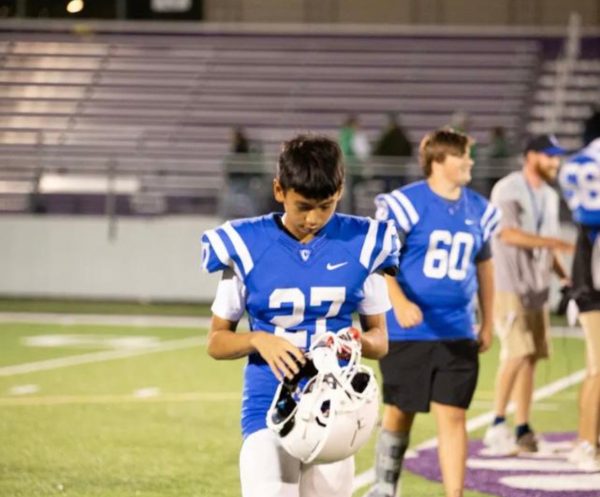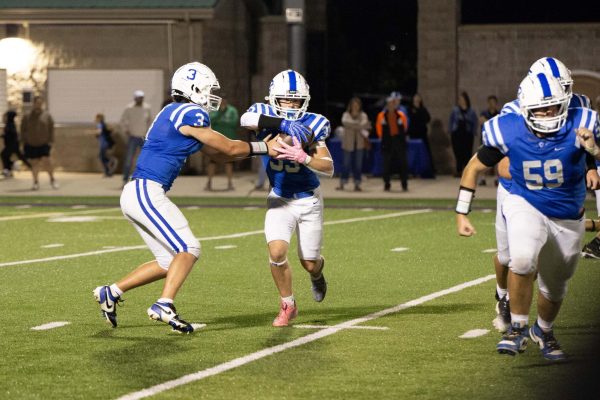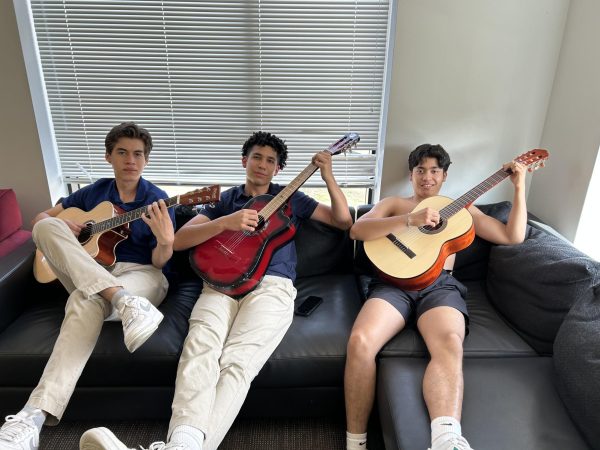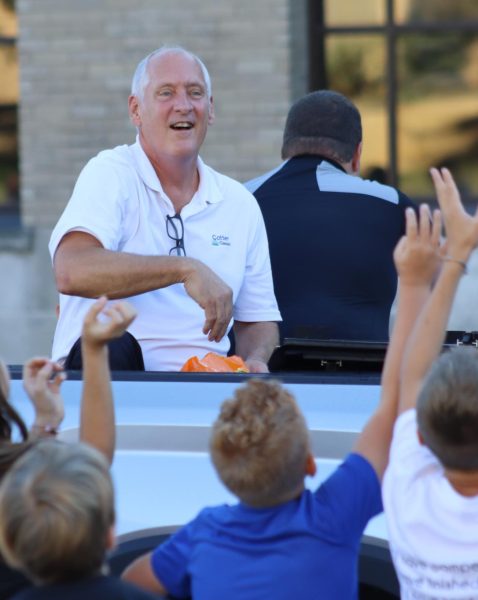Give Han Solo a Break: Time to Move on to New Franchises
Star Wars: The Force Awakens is flying into theaters less than a week from when I’m writing this, and, in short, its gonna be huge. It already is huge, with pre-sale ticket records being set every day for the last week and merchandising advertisements controlling a majority stake of my TV commercials and online ads. I’m ready to go see my childhood hero flying around in the Millennium Falcon again and relive my time imagining I was a Jedi from a galaxy far, far away.
There is, however, a problem with all of this. Recessed in the back of our minds, pushed away by our inner child longing to be free, we are afraid to ask the simple question: what if it’s bad?
Don’t get me wrong, I want this movie to be amazing, I really do. I want the feel and swagger of the original trilogy mixed with the special affects of today’s studios to combine into an awesome mixture of nostalgia and adventure. But, if we look back at other attempts to recreate pop culture legends, we can see that this isn’t always the case.
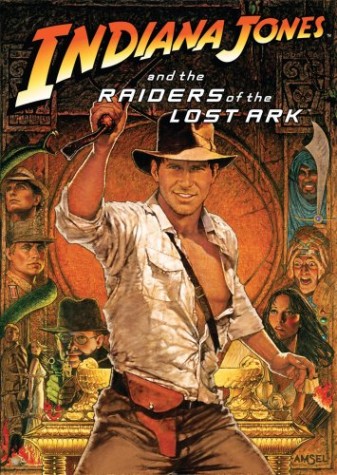
Take Indiana Jones, Han Solo’s treasure-hunting, whip-cracking alter ego. The original three movies were released in 1981, ’84, and ’89, and birthed a cultural icon. The home-team feeling of cheering Indy on as he raced through peril to get the gold and the girl certainly filled me the first time I watched the films.
Then the fourth film came along in 2008 and messed everything up. It started innocently enough with a meeting that we can assume was filled with talks of exposing an icon to a new generation and bringing new life to a storied but fading nameplate. Plus, there was money to be made. Lots of it, in licensing deals and ticket sales. Get the Indy hype machine rolling and watch the cash flow in.
But the pre-opening buzz fizzed out quickly when the curtain dropped and we were left with a confused plot-line, rushed development, and perhaps most gravely of all, a general deviation from what had become defined over the last three decades as Indiana Jones.
The problem is that when future generations go back to look for a great piece of film history, a little asterisk has to be stuck next to Indiana Jones’s name. “The movies are great! Don’t bother with the fourth one though,” is what I’ll be telling my kids someday. And I don’t want to have to do that. I don’t want to watch a hero develop in my kids’ minds just to rip it away the next weekend as they pop disk four into the DVD player.
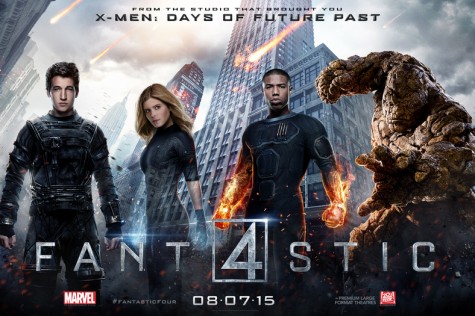
This process, sadly, has happened time and time again. Some franchises are able to pull off huge strings of sequels (read: James Bond) without messing up so badly that they degrade the image of the character. Just look at the Fantastic Four. Eager to make some money and not lose their licensing rights, Fox Studios pushed out a flat, monotonous, cookie-cutter superhero movie without excitement for first-timers or warm memories from those of us who remember watching the original series ten years ago. Time to tack on another asterisk.
What studios and producers seem to be forgetting is that, when they reboot a popular franchise after a grace period, the characters are no longer just imaginary roles to be filled by an actor. They have become literal legends and heroes and symbols of ultimate good or evil to those who watched the originals in theaters with their parents or in pillow forts with their best friends. By adopting this philosophy of “go until we bust”, we end up with a bunch of shattered nameplates and broken memories. In all ways but legally, Indy and Luke Skywalker and Clark Kent belong to the public more than to any studio, because you can’t put a price on fond memories or childhood dreams of becoming your big-screen hero.
What I am suggesting sounds painful, scary even: let’s put our heroes to rest. Let’s go make new adventures with new actors and plots for the next generation, and let’s leave the old franchises out to pasture. Because, in the immortal words of Two-Face, “you either die a hero, or live long enough to see yourself become the villain.”
